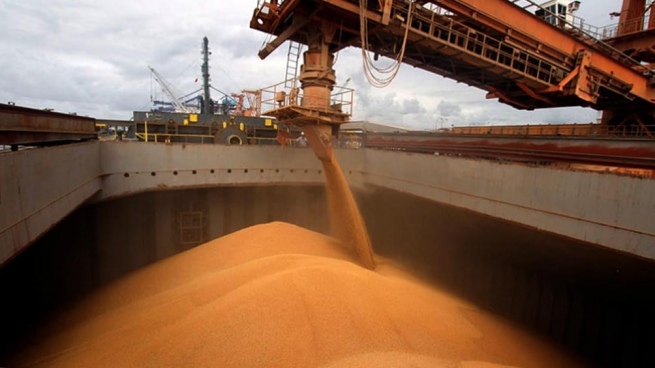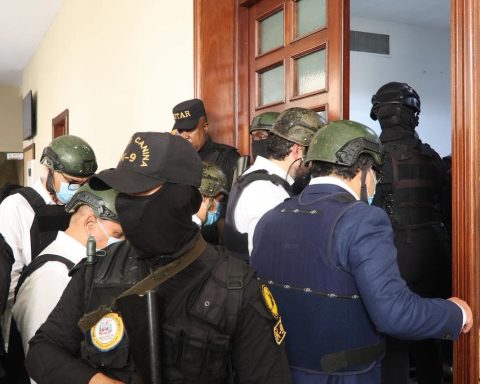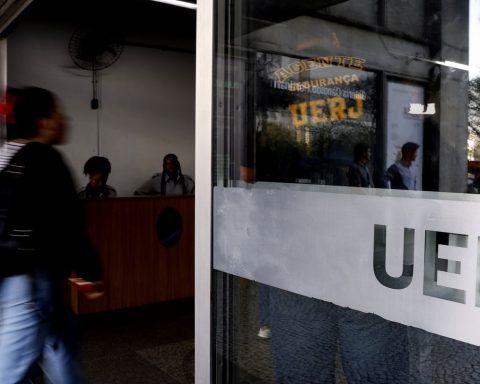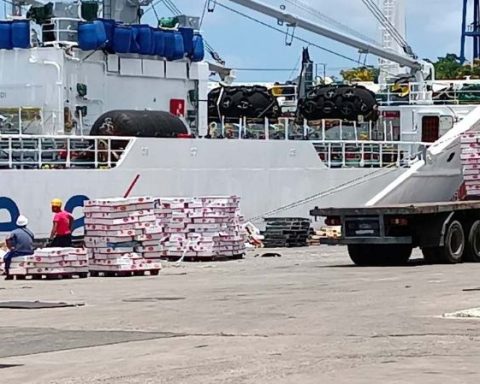The rains that may occur during February will be key to the development of the grain campaign 2021/22 and avoid further cuts in production estimates those that have already occurred as a result of the drought that affected much of the agricultural areaand whose impact on the gross agro-industrial product (PBA) can climb up to US$ 4,000 million if the lack of rainfall worsens.
This was marked by different reports from the Buenos Aires Cereals Exchange (BCBA) and the Rosario Stock Exchange (BCR)where they assured that the rainfall that may occur during this month will be “central” for the development of soybeans and corn, since the late and second plantings of these crops define their yields in February.
Although in the second fortnight of January there were important rains over a large part of the agricultural area, especially in Buenos Aires, Córdoba, part of Santa Fe and La Pampa, “new rainfall will be necessary throughout February to maintain expectations of yields in second and late frames, and avoid additional losses to those already registered to date in early sowings and first“Marked a BCBA report.
In fact, the brokerage firm reduced the estimate of soybean production to 42 million tonswhen at the beginning of the campaign it was speculated with 48.5 million tons.
Corn still maintains its estimate of 57 million tons, although in the latest report regarding the impact of drought on crops, production could drop to 49.4 million tons.
The corn case it still maintains its estimate of 57 million tons, although in its latest report regarding the impact of drought on crops, production could drop to 49.4 million tons.
This scenario estimates that the PBA (the amount of income that the agricultural chains would generate in their different links) could drop US$ 2,726 million to US$ 42,319 million from the stipulated US$ 45,045 million at the start of the campaign.
But in a more severe drought scenario, that decrease could be US$ 4,049 million, equivalent to 0.8% of the GDP estimated for Argentina in 2022.
This is why “the rains in February will be central due to how the productive format is today, since 53% of the crops are sown with late corn, which has its critical period during this month, so humidity is needed to have , at least one floor of performance”, told Télam the BCBA analyst, Martín López.
According to López, “the expectation is that the late batches can at least have a performance similar to last year’s. For this reason, we depend on the rains in February to maintain that. Although the rainfall in January helped, not today.” We have enough moisture.

Despite the difficulties posed by the drought, López sees a “catastrophic scenario” as unlikely as it was in the 2017/18 campaign when soybeans and corn did not reach a volume of 70 million tons.
“Which today we have a high area of corn (6.3 million hectares), which ensures a floor in production volume. If this drought occurred with only three million hectares, the story would have been different. That is why if it rains in February we can have a campaign similar to last year,” López concluded.
For its part, the BCR warned about the condition of crops in the core zone, which after the January rains, worsened again.
“The lack of water has risen back to the center of the ring and the condition of the region’s cadres is once again lowered,” the report said.
In one week, the very good paintings fell by 30% from 45% down to 15% and the regular ones increased by 10%, which went from 15% to 25%, while the bad lots continue to be 5%.
“After the January rains, the batches were different, but after the very good recovery of first-class soybeans, they are now commenting on the concern that there is because the humidity is very fair at the key moment of the crop,” said the BCR, for what which “the rains of the next 15 days will be decisive for first class soybeans”.
The entity cut some weeks ago the estimate of soybean and corn production at the national level in 9 and 8 million tons up to 40 and 48 million tons respectively.

















